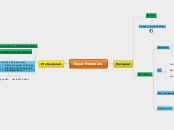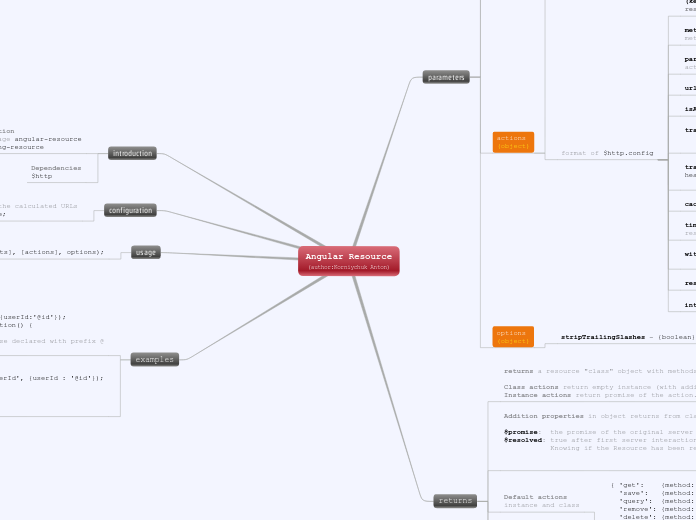Requirements
Coaching Interview 1. Gather top-level project constraints.
Interview SME and sponsor to fill in each of the requested constraints.
Major Tasks
What are the major engineering tasks required in order to accomplish the Job Outcome?
For a Job Outcome of "Custom LoRaWAN demo application using the SAMR34 Module", we could have the following tasks:
- Evaluate the functional fitness of the SAMR34 for the demo application
- Build/purchase a hardware prototype for the application
- Download/Install firmware development tools
- Write and test firmware for the application
Major Task 9
Major Task 8
Major Task 7
Major Task 6
Major Task 5
Major Task 4
Major Task 3
Major Task 2
Major Task 1
Implementation and Delivery Constraints
Course Type (Lecture-Only, Hands-On)?
Course Duration (Hours)?
Number of instructors required?
Target Audience
Who are the major audience groups the training is targeted to?
Expected background knowledge and experience level?
Major Job Outcome
What will Attendees be able to produce or accomplish back on the job after taking this training? State it as a noun-phrase, for example:
"Customized LoRaWAN demo application using the SAMR34 Module"
Due Date
Enter here...
Course Title
Replace "Course Title" with your course title.
Add course title abstract here
Interrupt Module Outline
Coaching Interview 3. Develop a Course Outline
From the Job/Task analysis, group content together into chapters and name the chapters.
"Knowledge" (Concept/Fact/Principle) bubbles map to "Lessons"
"Procedure" bubbles map to "Lab Exercises" or "Quizzes" or other hands-on activities.
Typically, a 1:1 relationship exists between Major Tasks and Chapters. However, you are free to group knowledge and procedures from several different Tasks into the same Chapter in the course outline.
When finished, the TTE will produce a course outline in word format that captures this structure.
Chapter 3
Section 1
Lab Exercise
Lesson 1
Interrupt Hardware overview: Describe the interrupt operation and features
Context Saving Operation
CPU Registers and saving
Shadow Control Register
Context Save State Machine Diagram
Interrupt Control and Status Register
IVT1WAY, MVECEN
IVTLOCK
IVTBASE
IVTAD
IPRx
PIEx
PIRx
INTCON0, INTCON1
Interrupt Priority Operation
Priority Determination
Natural Order Priority
User Priority
Vectored Interrupt Operation
4 Common scenarios of vectored interrupt execution
Simultaneous High- and Low-Priority Interrupts
High-Priority Interrupt with a Low-Priority Interrupt Pending
High/Low-Priority Interrupt While Executing Main Routine
Vectored Interrupt State Transition Diagram
Vectored Interrupt Block diagram
Non-vectored Interrupt Block diagram
Interrupt Introduction: Explain the usage and advantages of interrupt.
What kinds of Interrupt are in PIC18?
Difference between Vectored & Non-vectored interrupt
Introduce Vectored & Non-vectored interrupt
Why we need Interrupt in MCU?
Advantages of Interrupt over Polling
Difference between Polling and Interrupt
What is Interrupt?
Example: Main routine interrupted by ISR Handler









